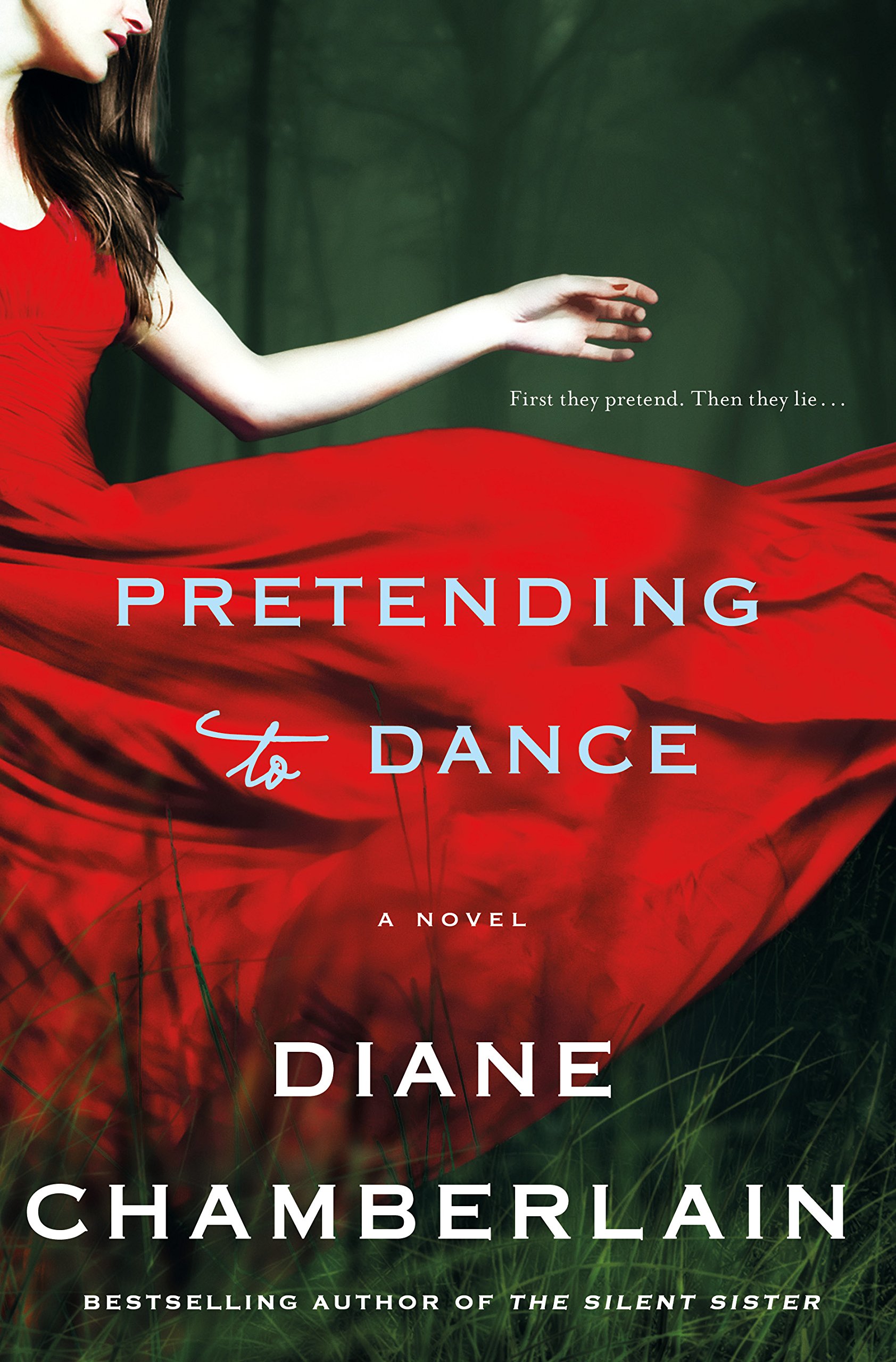Until I was about 10 years old, I longed for a doll house. Oh, I had the Fisher Price one, along with the barn and the school, but I wanted a “real” doll house, the kind that stood three feet tall and had rooms full of miniature furniture.
I imagined myself rearranging each tiny piece until I got every room in perfect harmony. I’d get new pieces for birthdays and Christmas, and every allowance would be tucked safely away until I’d saved enough for another room full of goodies. Looking back now I see that I had the passion and initiative of a budding interior designer. Even today I get a little flutter of excitement over a beautiful piece of furniture.
But my dream of having my own doll house just wasn’t meant to be. And I blame my parents.
Let me explain. My doll house was held captive by the proverbial carrot. If my sister and I could keep our room clean for a month, they bribed, the doll house would be ours. Well that sounded reasonable enough, right?
I wonder now if they knew at the time that they were bargaining with an impossible task. I’ll take part of the responsibility: I was never good about hanging up my clothes in the closet. But my sister? Sheesh. When we moved and got rooms of our own, the truth came to light—I was the clean one. I never did get that doll house, and darn it, my daughter doesn’t like dolls well enough for us to buy her one. So now I try to convince myself—while doing laundry, making dinner, and doing dishes—that I’m living in my grown up doll house. Somehow it’s just not the same.
Molly, in Pretending to Dance, has something better than a doll house. She has a spring house. Tucked away in a remote area on her parents’ property, the spring house, wallpapered in posters of Johnny Depp and New Kids on the Block, is the perfect hideaway for a teen girl and her friends. Molly spends hours there, reading magazines, blasting music, and having sleepovers. It’s her sanctuary.
Not that Molly needs a place to escape. Her childhood has been idealistic, with relatives nearby on the family compound, and parents who adore her. Even her adopted mother and birth mom work together to ensure Molly’s happiness. Everything is perfect, until it isn’t.
Now an adult, Molly refuses to speak about her family, even to her husband. She hasn’t visited the compound since the day she ran away, and her flashbacks have dimmed significantly. Happy in her role as wife, her only desire is for a child of her own, something that will never occur naturally after her emergency hysterectomy.
Content with adoption, Molly and her husband are well into the process when Molly realizes the awful truth: adoption agencies investigate the histories of prospective parents. Suddenly, Molly’s carefully constructed life is in jeopardy. In order to get a child, Molly will have to admit that not only has she been pretending all these years, she’s been lying.
Molly has a decision to make. What do you do when your dream for the future is dictated by your nightmare from the past?
Diane Chamberlain is an international bestselling author of three-three novels. She lives in North Carolina. St. Martin’s, 2015.

Leave a Reply